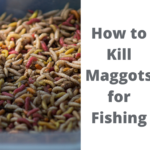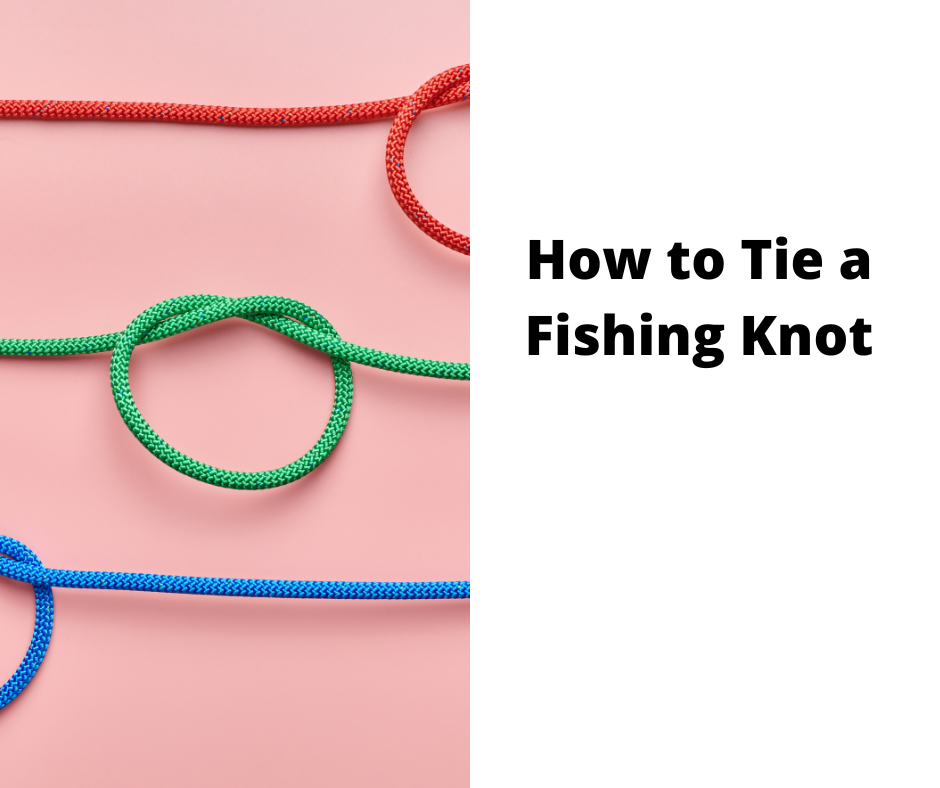Cooking
Grilled Yellowfin Tuna Recipe: A Delicious, Nutritious Meal

Looking for a tasty and healthy meal to enjoy this summer? Look no further, because our grilled yellowfin tuna recipe has got you covered! Packed with protein and rich in omega-3 fatty acids, it’s the perfect pick for a day full of activity. Plus, it’s super easy to prepare – just follow the directions below and you’ll have a mouthwatering meal ready in no time. Enjoy your meal!
Trying to eat healthily can be a challenge, especially if you’re used to eating fast food or processed meals. However, it’s easy to make delicious, healthy meals at home with little effort. This grilled yellowfin tuna recipe is a great example.

Yellowfin tuna is an excellent source of protein and omega-3 fatty acids, both of which are essential for good health. The lemon and herb marinade adds a zesty flavor without adding any unhealthy fats or sugars. And the grill gives the tuna a nice char without making it dry or tough.
Best of all, this recipe is easy enough for even the most inexperienced cook to master. So if you’re looking for a healthy, delicious meal, give this grilled yellowfin tuna recipe a try. You won’t be disappointed.
Ingredients:
- 2 pounds Florida Yellowfin Tuna
- 1/4 cup Florida Orange Juice
- 1/4 cup soy sauce
- 2 tablespoons catsup
- 2 tablespoons vegetable oil
- 2 tablespoons chopped parsley
- 1 tablespoon of lemon or lime juice
- 1 clove of garlic, finely diced
- 1/2 teaspoon oregano
- 1/2 teaspoon pepper
Instructions:
This recipe for grilled tuna steaks is simple and delicious. The key to success is to start with fresh, quality tuna.
- Cut the tuna into serving-size portions and place it in a shallow baking dish, being sure to use a single layer.
- Next, combine the remaining ingredients and pour over the steaks; then refrigerate for at least 30 minutes, turning once.
- When you’re ready to cook, remove the fish from the marinade. heat the marinade to boiling; remove from heat.
- Place the fish on lightly-oiled, hinged-wire grills that are about 4 inches from moderately hot coals.
- Cook for 5-6 minutes, turn and baste with the marinade; cook 4-5 minutes longer or until steak reaches 140 degrees F internally.
- Discard any remaining marinade.
The tuna should have a pink center when it is done.
Yield: 6 servings. Enjoy!
Beginners Guides
The Perfect Fishing Knife: What to Look for in an All-in-One Seafood Knife
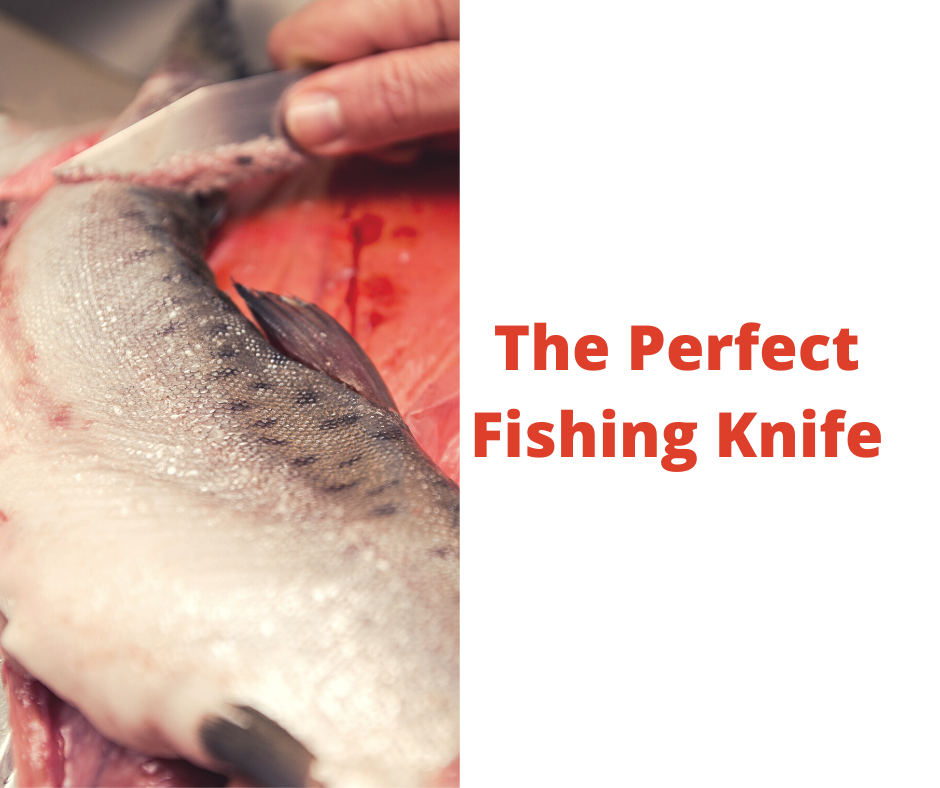
There isn’t a one-size-fits-all solution when it comes to the ideal fishing knife, given that each angler has distinct needs. However, a variety of knives are available that can meet these different preferences. That said, there are certain features you ought to look for in a multi-purpose seafood knife.
A fillet knife is a type of kitchen knife that is designed specifically for filleting fish. While it can be used for other purposes, such as cutting vegetables, it excels at filleting fish due to its long, thin blade. The blade of a fillet knife is typically six to eight inches long and tapers to a sharp point.
This allows the knife to glide smoothly through fish flesh, making it easy to remove the skin and bones. In addition, the blade of a fillet knife is often slightly flexible, which helps to prevent it from breaking when contact is made with the fish bones. While there are many different brands and types of fillet knives available on the market, they all share these basic characteristics.
My Personal Choice: Wüsthof Knives
As any chef will tell you, having a good set of knives is essential for any kitchen. Not only do they need to be sharp, but they also need to be comfortable to hold and well-balanced. In my opinion, Wüsthof knives are the best on the market. I have been using them for more than 20 years, and they are still in excellent condition.
The blades are made from high-quality steel, and the handles are comfortable to grip. They are also very well-balanced, making it easy to chop vegetables or slice meat. In short, I would highly recommend Wüsthof knives to anyone looking for a quality kitchen knife set.

The WÜSTHOF Classic 12 Inch Hallow Edge Salmon Slicer is the perfect knife for slicing through large roasts in one swift motion. The long, slender blade is forged from a single block of high carbon stainless steel and tempered to 58-degree HRC for exceptional durability and edge retention. The blade features a hollow edge that ensures food won't stick to the knife, allowing for effortless slicing. The full tang triple riveted synthetic polypropylene handle is both comfortable to hold and resists fading, discoloration, heat, and impact.

If you're looking for a fillet knife that can handle any fish, big or small, then the WÜSTHOF Gourmet 7" Fillet Knife is the perfect choice. With its razor-sharp, high-carbon stainless steel blade and precision laser-cut construction, this fillet knife will make quick work of any fish you're preparing for dinner. The long, narrow blade is also great for removing fish skin, and the synthetic polypropylene handle is designed to resist fading, discoloration and heat. Plus, the WÜSTHOF Gourmet 7" Fillet Knife comes with a limited lifetime warranty, so you can be sure it's built to last.

The Wusthof Classic Ikon 6-inch Utility Knife is a versatile and essential tool for any kitchen. It is precision-forged from a single blank of high carbon stainless steel, and features a distinctive, double bolster design for professional-style heft, exceptional balance and beauty. The Wusthof Classic Ikon 6-inch Utility Knife has a sharp, durable blade that is perfect for a variety of tasks, and a comfortable, ergonomic handle that ensures a secure grip. Made in Germany to the highest standards of quality, the Wusthof Classic Ikon 6-inch Utility Knife is an indispensible addition to any cook's repertoire.
In this blog post, we will discuss the features that make a great fishing knife and recommend a few knives that fit the bill.
Sushi Knife Is an Amazing Piece of Kit
If there’s one thing that I can’t live without in the kitchen, it’s my Sashimi knife. This beautiful knife is absolutely essential for preparing any type of raw seafood dish. The Japanese chefs who invented this style of cuisine spend hours honing their knives to perfection, and for good reason.
A Sashimi knife is incredibly sharp and delicate, and if it’s not used correctly, it can easily become damaged. That’s why I always recommend using tweezers to remove any bones from the fish before cutting it. This may seem like an extra step, but trust me, it’s worth it.
The Sashimi knife is my personal favorite, and it is an amazing piece of kit. I highly recommend getting one if you enjoy eating raw fish or sushi. It is also a great knife for preparing any type of raw seafood dish. The Japanese chefs who invented this style of cuisine spend hours honing their knives to perfection, and for good reason.
A Sashimi knife is incredibly sharp and delicate, and if it’s not used correctly, it can easily damage the delicate flesh of the fish. That being said, when used correctly, it is an incredibly versatile tool. I use mine to not only cut sashimi-grade fish but also to remove any bones from the fish before cutting it. This may seem like an extra step, but trust me, it’s worth it.
With a Sashimi knife, you can also easily remove the skin from fish. This is a great way to prepare fish fillets for cooking, as the skin can often be tough and difficult to eat.
With the Sashimi knife, I can create beautiful dishes that are both healthy and delicious. It truly is a perfect tool for any seafood lover.
Fillet Knife Is the Ultimate Fish Knife
If you love seafood, then you know that having a good fillet knife is essential. A fillet knife is designed specifically for removing the meat from fish, and it can make the process much easier.
The blade of a fillet knife is typically thin and flexible, which allows it to glide smoothly through the flesh of a fish. In addition, the handle is often ergonomically designed to provide a comfortable grip during use. As a result, a fillet knife can be a great tool for anyone who wants to enjoy fresh seafood on a regular basis.
Whether you’re an experienced fisherman or a casual home cook, owning a quality fillet knife is sure to make your life easier.
Utility Knives
Utility knives are another essential piece of kit for any seafood lover. As the name suggests, they are incredibly versatile and can be used for a variety of tasks, including opening boxes, cutting bait, and even filleting fish.
I like to keep a utility knife in my kitchen for those times when I need an all-purpose tool. It’s also a great knife to have on hand when you’re camping or fishing, as it can be used for a variety of tasks.
Knives Commercial Fishermen Use
As anyone who has ever seen a commercial fishing boat knows, knives play a vital role in the industry. There are dozens of different types of knives that are used for everything from cleaning and filleting fish to repairing nets and cutting lines.
Each type of knife is designed for a specific purpose, and fishermen need to be very familiar with all of the different types in order to use them effectively. Some of the most common types of knives used by commercial fishermen include fillet knives, boning knives, serrated knives, and utility knives.
Fillet knives are designed specifically for cleaning and filleting fish, and they usually have a narrow, flexible blade that makes it easy to remove the meat from the bones. Boning knives are similar to fillet knives, but they have a slightly thicker and more rigid blade that is better suited for removing bones.
Serrated knives are used for cutting through tough materials like rope or canvas, and they usually have a saw-toothed edge that helps them to bite into the material.
Utility knives are versatile all-purpose tools that can be used for everything from opening boxes to cutting bait. Commercial fishermen need to be able to use all of these different types of knives in order to be successful at their jobs.
Conclusion
Any special brand? Wüsthof is a German knife company that has been making quality cutlery for over 200 years. I have several of their knives in my kitchen, and they have all stood up to years of use. The blades are made from high-carbon steel, which is hardened to resist chipping and wear.
The handles are ergonomically designed to provide a comfortable grip, even during extended use. And the full tang construction ensures that the knives are well balanced and durable. I have used my Wüsthof knives for everything from chopping vegetables and preparing fish, and slicing meat and they have always performed admirably. In fact, after more than 20 years of use, they are still in excellent condition. If you are looking for long-lasting, dependable knives, I highly recommend Wüsthof.
A seafood lover’s essential knife collection would include a sashimi knife, a fillet knife, and a utility knife. The sashimi knife is perfect for delicately slicing sushi-grade fish, while the fillet knife is great for removing the meat from fish fillets.
The utility knife can be used for a variety of tasks, including opening boxes, cutting bait, and even filleting fish. Commercial fishermen need to be familiar with all of these different types of knives in order to be successful at their jobs. With the right knife collection, you’ll be able to tackle any seafood preparation task with ease.
So, there you have it, my three essential fishing knives. If you’re serious about seafood, then I highly recommend investing in a quality fillet knife, Sashimi knife, and utility knife. With these three knives in your kitchen, you’ll be able to tackle any seafood dish that comes your way.
Beginners Guides
Have You Ever Eaten Fresh Water Fish?

In my youth, my grandfather often brought me along on his fishing expeditions. He was skilled in catching a variety of fish, particularly favoring pike and eels. Whenever we got back, he would clean and cook the fish. Sometimes, he would even make fishcakes or jellied eels.
When it comes to seafood, I am definitely a fan of the more unusual options. Pike and eel are two of my favorites, and they always take me back to my childhood. I can remember going fishing with my grandad and always being so excited when we caught something. He would always let me help clean the fish, and then we would cook them up and enjoy them together.
Nowadays, whenever I see these fish on a menu, I can’t help but order them. They always taste so good and remind me of those happy times with my grandad. So next time you’re feeling adventurous, why not give pike or eel a try? I promise you won’t be disappointed!
Have You Ever Eaten Fresh Water Fish?
Freshwater fish are an important part of the diet of many people around the world. There are dozens of different species of freshwater fish, and each has its own distinct flavor. Common freshwater fish include carp, catfish, trout, and tilapia.
In addition to being a good source of protein, freshwater fish are also low in calories and fat. For this reason, they are often recommended as part of a healthy diet. Freshwater fish can be cooked in various ways and can be enjoyed as part of a meal or as a snack. If you have never tried freshwater fish, I encourage you to give them a try. I think you will be pleasantly surprised by the flavor.
Take the Muddy Taste Away
If you’ve ever caught a fish from a lake or river, you may have noticed that they can have a mud-like taste. This is because freshwater fish live in an environment where there is a lot of sediment in the water. When you eat freshwater fish, you are also eating some of this sediment.
While it’s not harmful to eat a few bites of muddy-tasting fish, most people prefer to avoid the taste. To remove the mud flavor, you can flush the fish with fresh water for 24 hours.
This will remove the sediment and give the fish a cleaner taste. If you don’t have 24 hours to spare, you can also soak the fish in milk for 30 minutes. This will help to neutralize the muddy taste.
Pike, carp, catfish, eels, and trout are all freshwater fish that need to be purged and tanked before cooking. This helps to remove the muddy taste from the fish. To do this, add a little salt to the water and let the fish soak for a few hours.
Then, rinse the fish off and cook as desired. Adding salt to the water helps to remove impurities and makes the fish taste better. By purging and tanking the fish before cooking, you will be sure to enjoy a delicious meal.
So if you’re looking for a way to make your catch more palatable, remember to give it a good rinse before cooking.
Fresh Water Fish Is Good to Eat
Freshwater fish is a nutritious and healthy choice for your next meal. As most freshwater fish are low in fat and high in protein, a portion of them can provide 30% of an adult’s reference dietary intake.
What’s more, these fish are an excellent source of vitamins and minerals, including potassium, phosphorus, and selenium. So, not only are they good for your health, but they taste great too! When choosing freshwater fish to eat, be sure to select those that have been raised in clean water and are free from mercury and other pollutants.
Once you’ve found the perfect fish, there are many delicious ways to prepare it. Whether you grill it, bake it, or fry it, you’re sure to enjoy a healthy and delicious meal.
Best Fresh Water Fish to Eat
There is much delicious freshwater fish that are perfect for a healthy, nutritious meal. For example, trout is a popular choice among fish enthusiasts. It is rich in omega-3 fatty acids, which are beneficial for heart health.
Salmon is another excellent option when it comes to freshwater fish. It is a great source of protein and also contains high levels of omega-3s. Other tasty freshwater fish include perch, catfish, and bass. When choosing freshwater fish to eat, it is important to consider the level of mercury present in the fish.

Certain species of fish, such as swordfish and sharks, can contain high levels of mercury, which can be harmful to your health. Therefore, it is important to consult a healthcare professional or reliable source of information before consuming any fish. By following these simple guidelines, you can enjoy delicious and healthy freshwater fish meals without any concerns.
Carp Fishing
Fishing Eureka Acquires fishingquestions.co.uk Domain
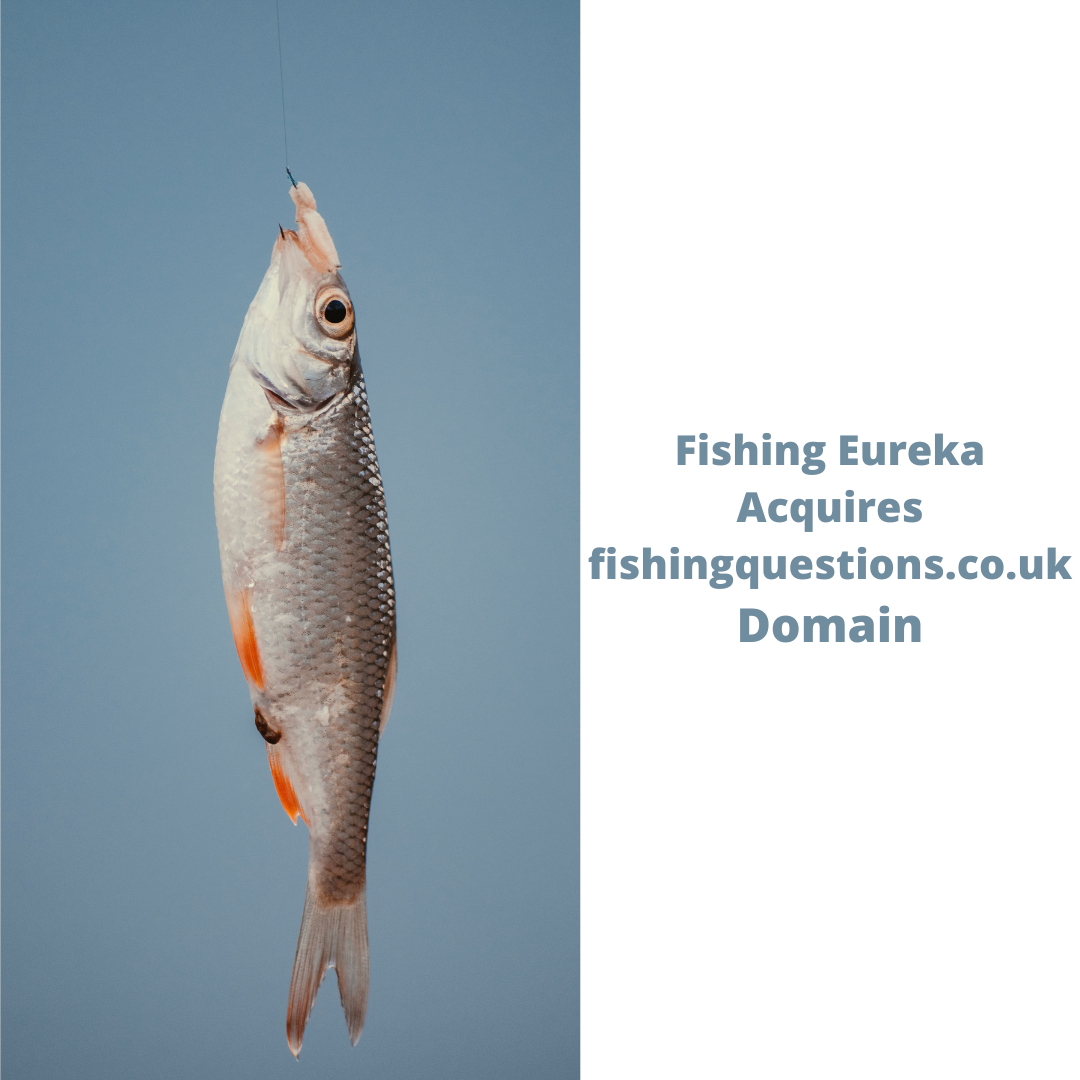
Fishing Eureka, a leading resource for insights into fishing, fishing techniques, fish-based culinary delights, and the lifestyle associated with angling, is thrilled to announce the acquisition of the domain fishingquestions.co.uk.
Fishing is an activity that has been around for centuries. It is a way of trying to catch fish from their natural habitats. Fish are a source of food for many people and can be caught for sport. Fishing can be done from the shore, from a boat, or by using a fishing rod.
There are many different types of fishing, including fly fishing, Deep sea fishing, and ice fishing. Fishing can be a very peaceful activity, and it can also be a lot of fun. Whether you are catching fish for dinner or just enjoying a day out on the water, there is nothing quite like the feeling of landing a big one.
At Fishing Eureka, we are always on the lookout for new ways to help our customers enjoy the sport of fishing. That is why we are pleased to announce the acquisition of the domain fishingquestions.co.uk. This website is a valuable resource for anglers of all levels of experience, offering advice on everything from choosing the right tackle to cooking your catch.
We believe that this website will be a valuable addition to our existing portfolio of fishing resources, and we are committed to providing our customers with the best possible information and service. We hope that you will take advantage of this new resource, and we look forward to helping you enjoy the sport of fishing even more. Thank you for your continued support.
Fishing Eureka is a website that provides information and resources for fishermen of all levels of experience. The website welcomes readers from the fishingquestions.co.uk domain and offers a wide range of articles, tips, and advice on all aspects of fishing.
Fishing Eureka covers topics such as tackle selection, bait choice, where to fish, and how to identify different species of fish. The website also includes a forum where fishermen can ask questions and share their experiences with other members of the community. Whether you’re an experienced angler or just starting out, Fishing Eureka is a great resource for all your fishing needs.
There are many reasons why Eureka is the best place for fishing. The fish here are big and plentiful, the scenery is beautiful, and the weather is perfect for fishing most of the year.
In addition, the Eureka area is home to a number of experienced guides who can help you make the most of your time on the water. Whether you’re an experienced angler or a novice, you’ll find that Fishing Eureka has something to offer. So come on down and enjoy some of the best fishing in the world. You won’t be disappointed.
Fishing Is One of The Oldest Forms of Hunting
Fishing is one of the oldest forms of hunting. It plays an important role in many cultures, both as a source of food and as a recreation. Although it is often considered a simple activity, fishing requires skill, patience, and knowledge.

The type of fish being sought, the environment in which they live, and the fisherman’s equipment all play a role in the outcome of a fishing trip. In many cases, the success of a fishing trip depends on luck as much as skill. However, even novice anglers can improve their chances of success by learning about the habits of the fish they are trying to catch and using the right equipment.
The Perfect Place for Novice Anglers
Fishing Eureka is the perfect place for novice anglers to learn the ropes. The experienced staff is always on hand to give advice and answer questions, and the calm waters of the lake make for a relaxed fishing experience.
There are also plenty of opportunities to catch fish, making it easy for beginners to quickly develop their skills.
The Perfect Place for Experienced Anglers
For experienced anglers, Fishing Eureka offers the chance to fine-tune their techniques and continue to improve their chances of success. The varied terrain and wealth of fish species mean that there is always something new to try, and the challenge of landing a big catch is sure to keep even the most seasoned fisherman coming back for more. Whether you’re just starting out or you’ve been fishing for years, Fishing Eureka has something to offer everyone.
Humans Have Been Fishing Since 40,000 Years
Fishing is an ancient practice that has been used for both survival and recreation. The first evidence of fishing can be dated back to around 40,000 years ago. In many cultures, fish were a major source of food and had to be caught in order to ensure the survival of the community.
This was typically done using spears or harpoons, as well as nets. While the methods have changed over time, the basic principle remains the same: to catch fish so that they can be eaten or sold. Today, fishing is still an important part of many cultures and continues to be enjoyed as a recreational activity by people all over the world.
Whether you’re casting a line in your local pond or going on a deep-sea fishing expedition, the act of fishing is sure to bring you a sense of peace and satisfaction.
Types of Fishing
Fishing is the activity of trying to catch fish. Fish are normally caught in the wild. Techniques for catching fish include hand gathering, spearing, netting, angling, and trapping.
“Fishing” may include catching aquatic animals other than fish, such as mollusks, cephalopods, crustaceans, and echinoderms.
The term is not normally applied to catching farmed fish, or to aquatic mammals, such as whales where the term whaling is more appropriate. In addition to being caught to be eaten, fish are caught as recreational pastimes.
Fishing tournaments are held, and caught fish are sometimes kept as preserved or living trophies. When bio blitzes occur (an event where volunteers try to catalog all living species in a specific area), fish are typically caught, identified, and then released.
Fish seek food all over their body especially tails fin(paired & unpaired) but they got one problem they can not swallow big prey so they need little help with that which comes in the form of an exoskeleton(external skeleton).
Fish use various feeding strategies ranging from capture feeding: waiting near the bottom of the water column for browsing organisms(animals that graze on Plants life) to drift feeding: swallowing large volumes of water and then expelling it through the gills to filter small organisms(animals that graze on Plants life).
Fishing tackle is the equipment used by fishermen when fishing. Almost any equipment or gear used for fishing can be called fishing tackle. Some examples are hooks, lines, sinkers, floats, rods, reels, baits, lures, spears, nets, gaffs, traps, waders, and tackle boxes.
Fishing tackle can be contrasted with fishing techniques. Fishing tackle refers to the physical equipment that is used when fishing, whereas fishing techniques refer to the manner in which the tackle is used when fishing.
Nets are devices made from fibers woven in a grid-like structure. Fishing nets are normally used in the water to catch fish, but they can also be used on land to trap birds or small mammals.
Nets consist of a mesh of cotton, nylon, or other synthetic fibers, which are suspended by ropes or floats on a frame. The mesh is designed to be tight enough to entangle or trap the target animal.
Nets are used in a variety of ways, depending on their intended purpose. They can be used to catch fish in rivers or lakes or to trap birds or small mammals on land.
Nets can also be used as a barrier to keep animals out of an area or to catch and release them without harming them.
Fishing Eureka Is Excited to Welcome Readers of fishingquestions.co.uk
Fishing Eureka is excited to welcome readers of fishingquestions.co.uk to our website! We are a leading provider of information about fishing, angling, and enjoying the life around fish. Our mission is to help our readers learn more about this amazing hobby, find the best fishing spots, and catch the tastiest fish.

We also love sharing recipes for delicious fish dishes, so be sure to check out our blog for some great ideas. Thanks for visiting Fishing Eureka – we hope you enjoy your stay!
Contact: Press@FishingEureka.com
Phil loves fishing. He started fishing with his grandpa behind the house in the early morning when he was a kid. Phil is now the Editor-in-Chief of Fishing Eureka, and he still enjoys getting up before dawn to wet a line. There’s nothing like the peace and quiet of being out on the water at sunrise, and Phil always takes advantage of every opportunity he gets to spend time fishing.
-
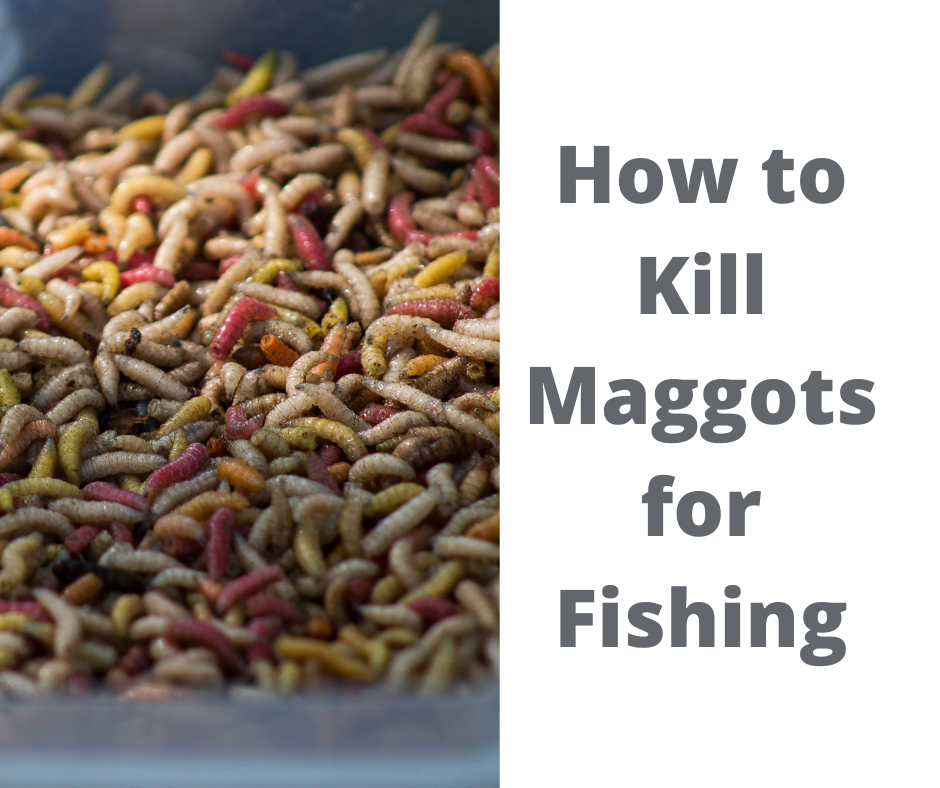
 Beginners Guides4 weeks ago
Beginners Guides4 weeks agoHow to Kill Maggots for Fishing: What’s the Best Way to Kill Maggots?
-
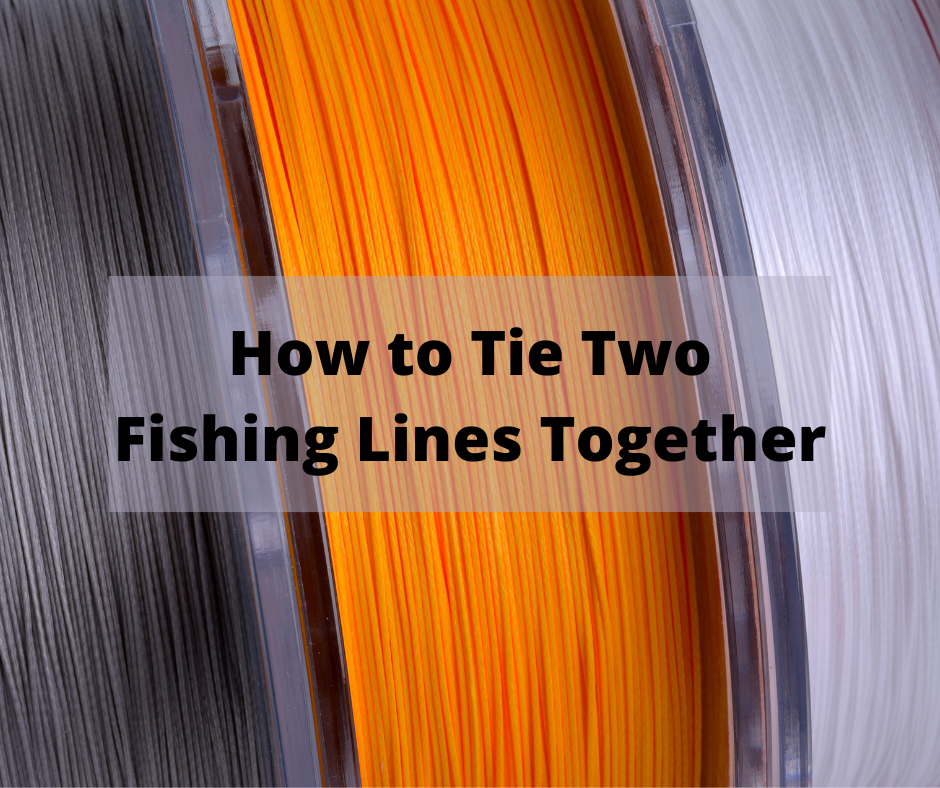
 Beginners Guides4 weeks ago
Beginners Guides4 weeks agoHow to Tie Two Fishing Lines Together
-
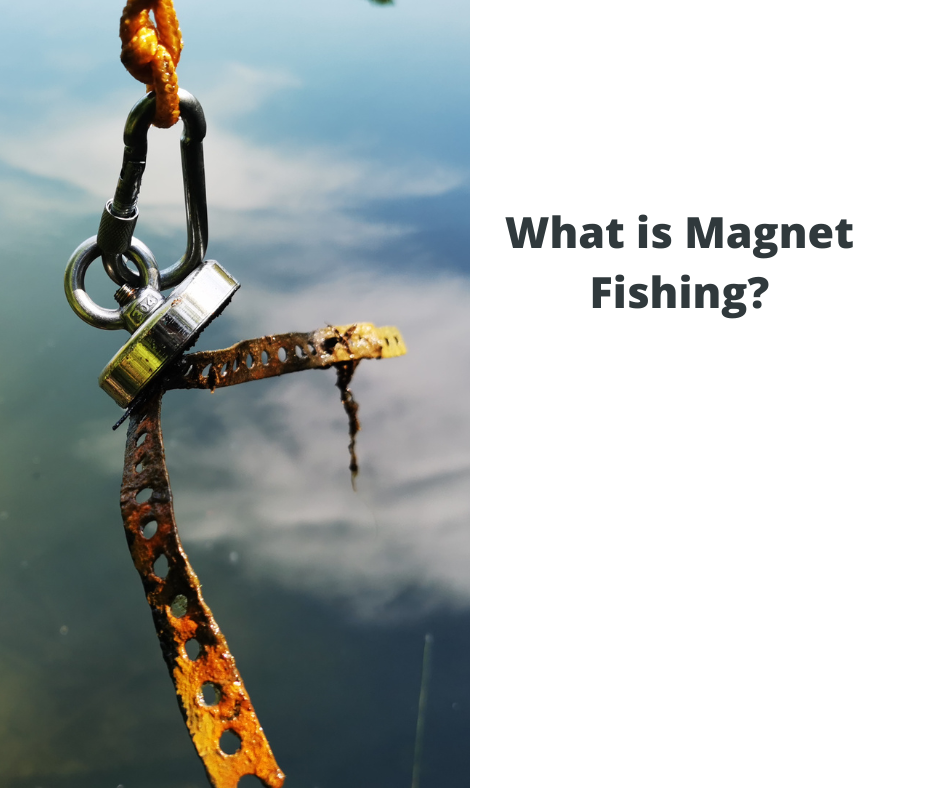
 Beginners Guides4 weeks ago
Beginners Guides4 weeks agoWhat is Magnet Fishing?
-

 Carp Fishing4 weeks ago
Carp Fishing4 weeks agoCircle Hooks, Barbless: The Answer to the Parrot Mouth Carp Problem?
-

 Beginners Guides4 weeks ago
Beginners Guides4 weeks agoThe Perfect Fishing Knife: What to Look for in an All-in-One Seafood Knife
-
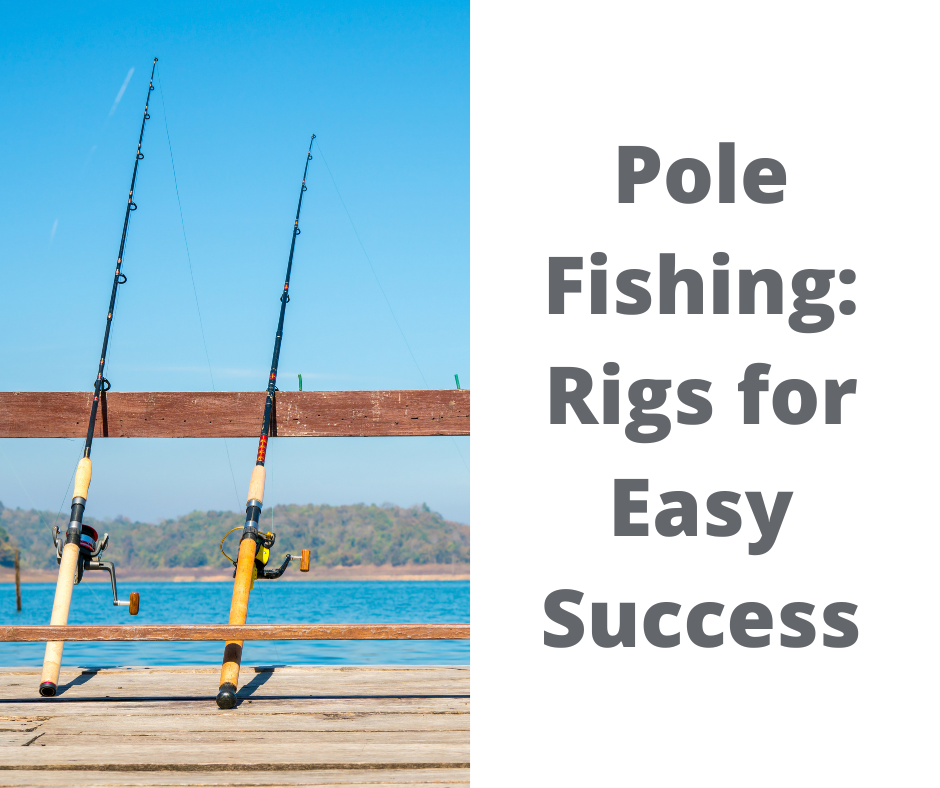
 Pole Fishing4 weeks ago
Pole Fishing4 weeks agoPole Fishing: Rigs for Easy Success
-
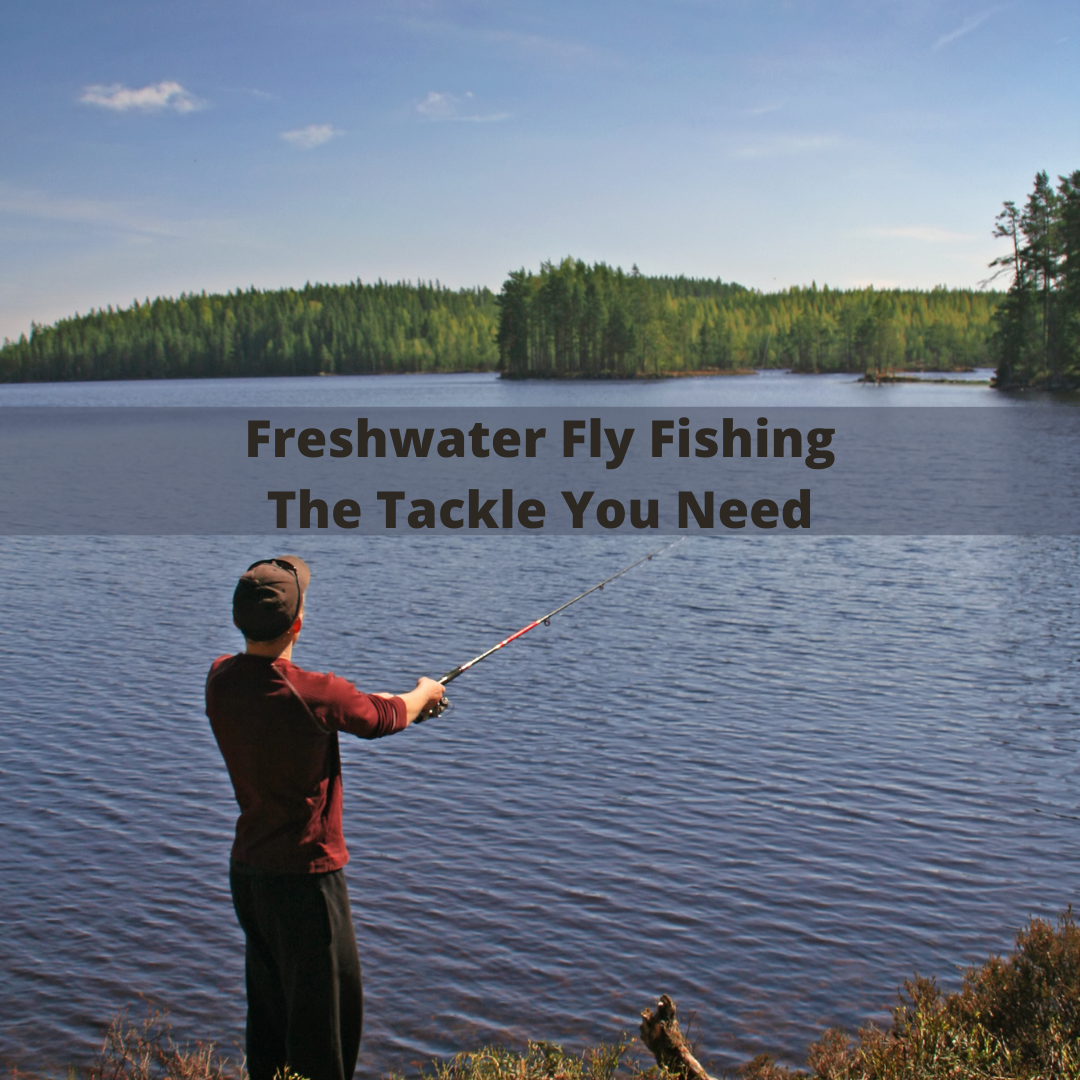
 Beginners Guides4 weeks ago
Beginners Guides4 weeks agoFreshwater Float Fishing: The Tackle You Need
-

 Carp Fishing4 weeks ago
Carp Fishing4 weeks agoFishing Eureka Acquires fishingquestions.co.uk Domain








